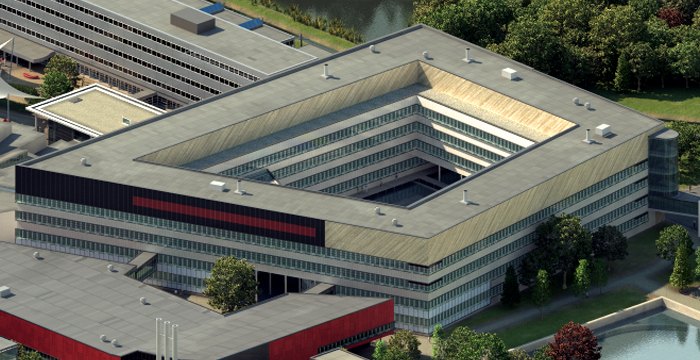Download my CV (PDF)
Expertise
Material Science
- Oxide
- Nanosheet
- Thin Films
- Metal
- Vanadium
- Temperature
- Single Crystal
- Crystalline Material
Organisations
Most materials that are used in thin film form require a certain degree of crystallinity and orientation in order to benefit from their functional properties for real applications. Best performance is obtained when a functional material is grown on a lattice matched single crystal substrate, but cost restrictions and/or integration with other technologies are usually not compatible with the standard crystals at hand. Alternative strategies have been explored, such as the use of buffer layer stacks and seed layers, most of the time the degree of epitaxy is limited and the application of additional layers also does not favor low cost fabrication.
The recent increasing activity on the synthesis of two-dimensional nanocrystals (so-called nanosheets) has led to a wide range of easy-to-produce layers with thicknesses ranging from sub-nano meter to a few nanometers. Nanosheet films, for example Ti1-xO2 or Ca2Nb3O10, can be deposited on virtually any substrate material using liquid deposition techniques. Being an interesting class of materials for their own sake, their 2D crystal structure is highly compatible with many functional oxides, in particular the perovskite class with a plethora of properties such as ferromagnetism, ferroelectricity and others. Nanosheet films provide ideal seed layers for epitaxial growth of functional perovskites, providing a low cost tool that still delivers the high thin film crystallinity to ensure best performance.
Although oriented film growth on nanosheets has been demonstrated, what is lacking is a strategy to achieve true epitaxy on longer length scales, that is, both the nanosheet seed layer (that consists of many 2D flakes with lateral dimensions of ~100 nm-50 μm, as well as the subsequently grown perovskite layers have a single unique crystallographic orientation. The Holy Grail is to demonstrate full epitaxial growth of functional oxides on a substrate that lacks crystal ordering, such as a glass or polycrystalline Si. To achieve this, first an in-plane assembly of these mesoscopic nanosheets during liquid phase film deposition has to be accomplished, in order to achieve full epitaxial control over the subsequent functional layer.
The primary focus of my research is to explore strategies to assemble mesoscopic nanosheet objects in-plane in some way analogous to crystal growth from microscopic objects, which essentially occurs via control over process thermodynamics or kinetics
Publications
Research profiles
Address

University of Twente
Carré (building no. 15)
Hallenweg 23
7522 NH Enschede
Netherlands
University of Twente
Carré
P.O. Box 217
7500 AE Enschede
Netherlands